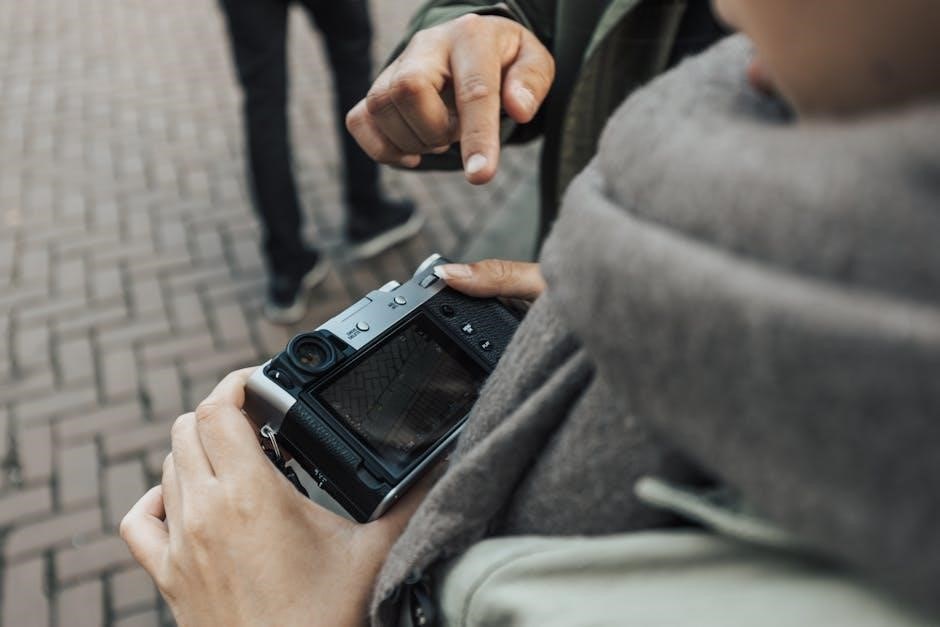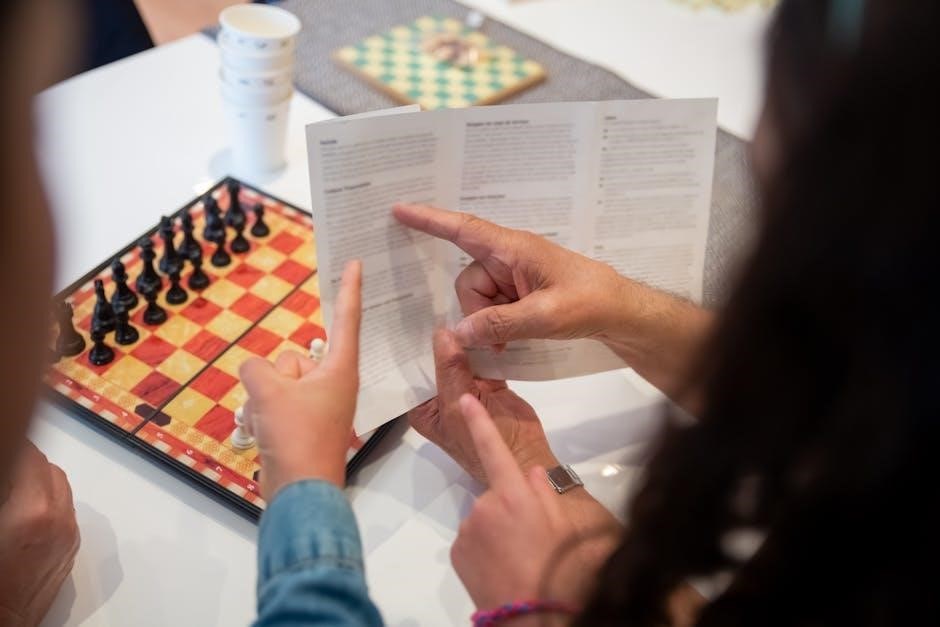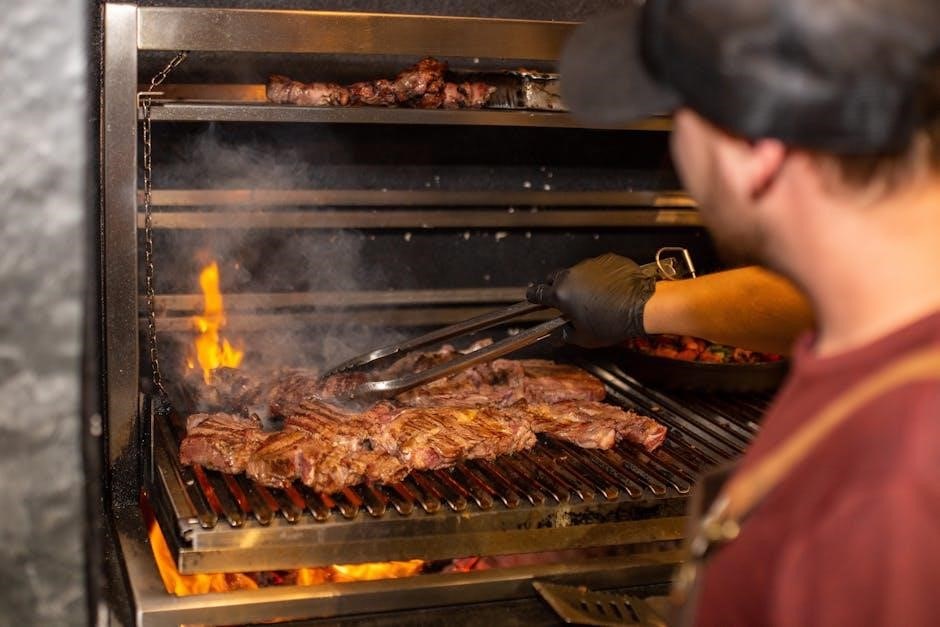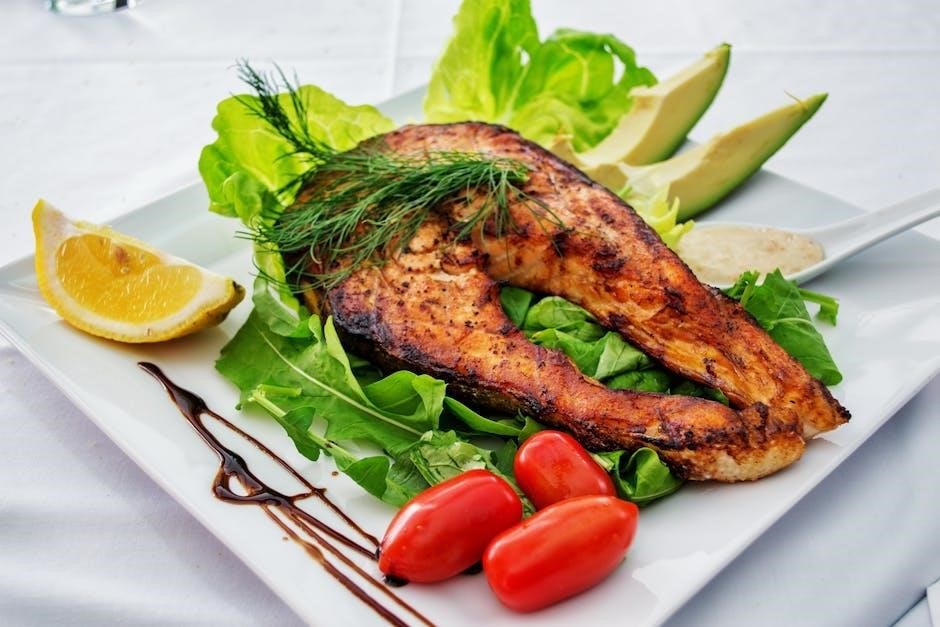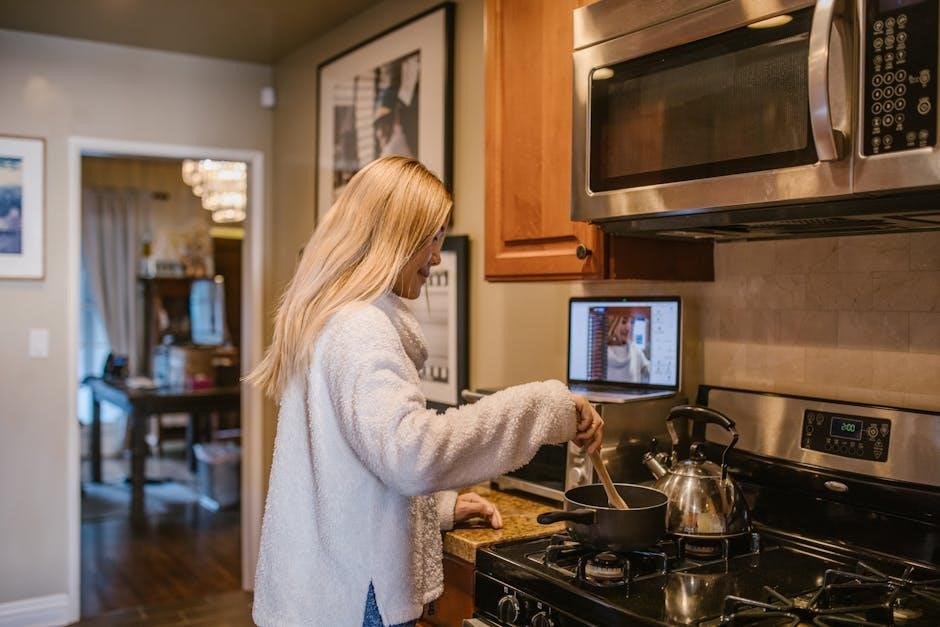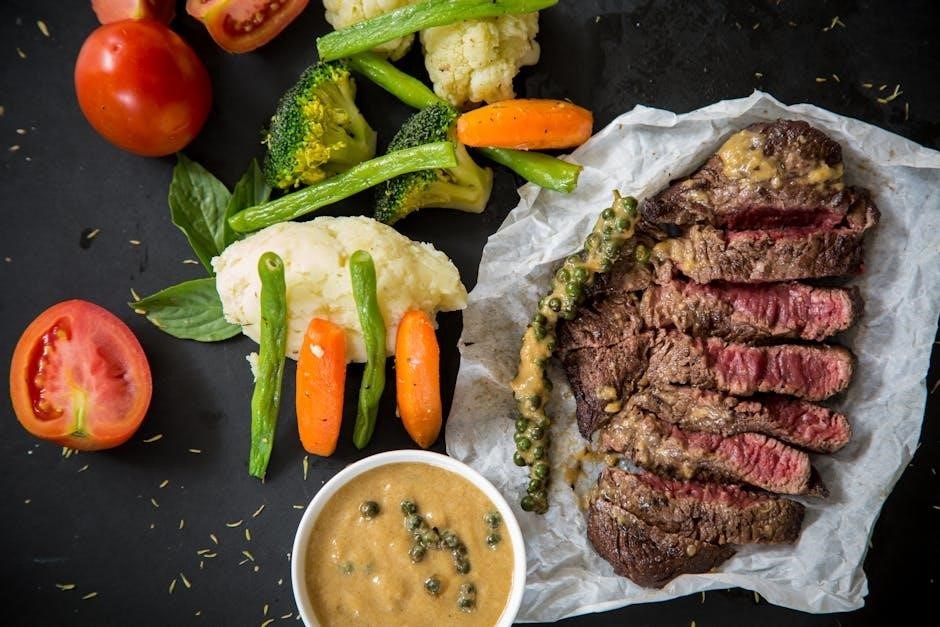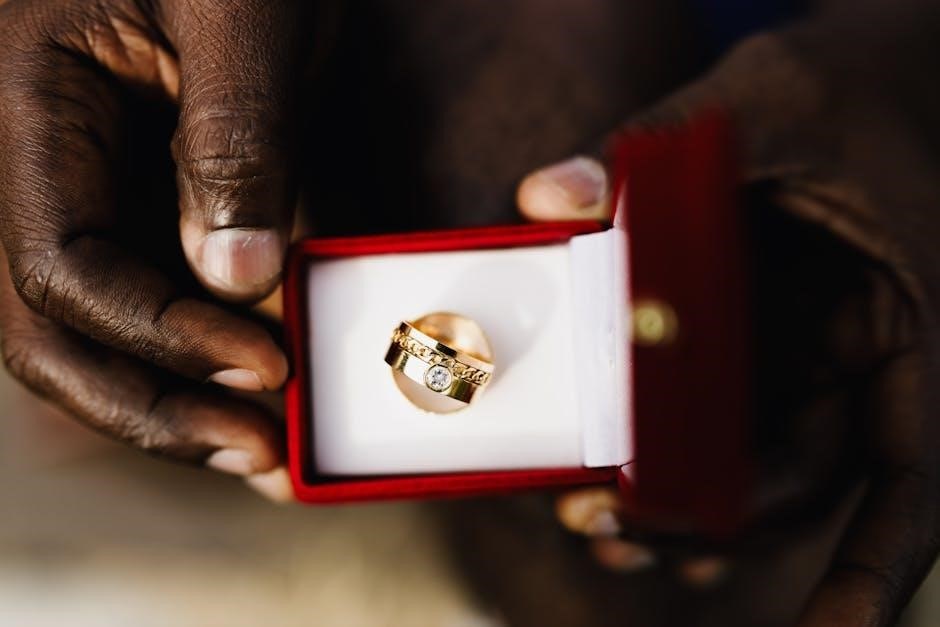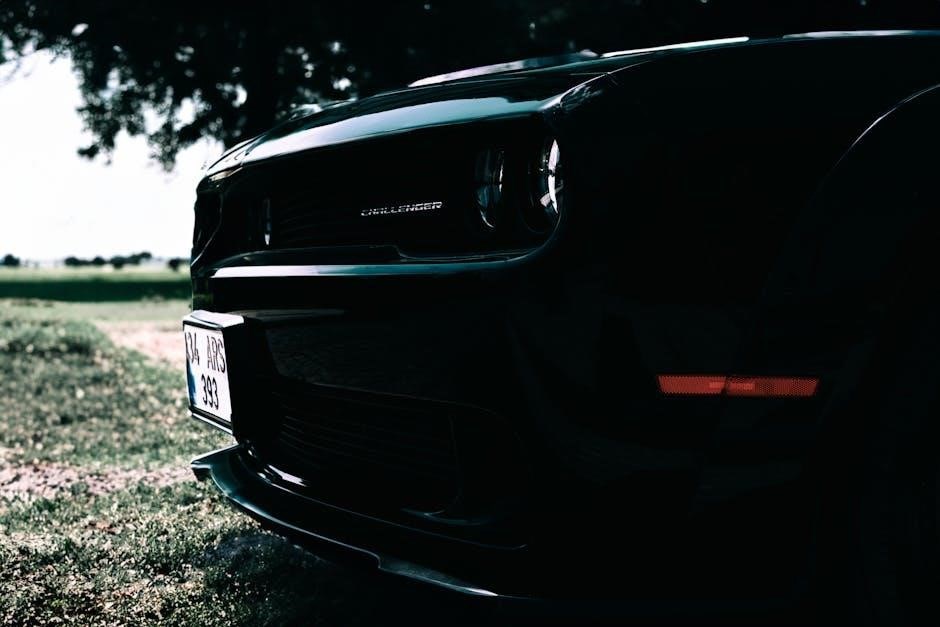Trader Joe’s Bambino Pizza is a beloved convenience food, offering a delicious and easy-to-make meal. Its compact size and flavorful profile make it a fan favorite for quick dinners or snacks.
1.1 Overview of Trader Joe’s Bambino Pizza

Trader Joe’s Bambino Pizza is a popular frozen pizza option designed for convenience and flavor. These mini pizzas are perfectly sized for individual portions, making them ideal for quick meals or snacks. Each Bambino Pizza is pre-cooked and frozen, ensuring a crispy crust and flavorful toppings when cooked at home. The compact size and simple cooking process make it a favorite among busy households and pizza lovers alike. Its portability and delicious taste have solidified its place as a staple in many freezers.
1.2 Why Bambino Pizza is a Fan Favorite
Trader Joe’s Bambino Pizza has earned its status as a fan favorite due to its perfect blend of convenience, flavor, and quality. The crispy, well-seasoned crust and generous topping distribution create a satisfying bite that appeals to a wide range of palates. Its compact size makes it ideal for quick meals, snacks, or even as a fun appetizer for gatherings. Additionally, the balance of affordability and taste ensures it remains a staple in many households, catering to both families and individual cravings with ease and deliciousness.
Understanding the Ingredients and Packaging
Trader Joe’s Bambino Pizza features a crispy crust, flavorful sauce, and a balanced blend of cheeses and toppings, all neatly packaged for freshness and convenience.
2.1 What’s Inside the Bambino Pizza Package
Each Bambino Pizza package contains four individually wrapped mini pizzas, each featuring a thin crust, a layer of tangy tomato sauce, and a blend of melted cheeses. Toppings vary by variety but often include pepperoni, sausage, or vegetables, ensuring a flavorful bite. The pizzas are neatly arranged on a wax paper-lined tray to prevent sticking, making them easy to separate and cook. The compact packaging is designed for convenience, allowing you to cook one or all at once while maintaining freshness.
2.2 Key Ingredients and Nutritional Information
Trader Joe’s Bambino Pizza features a thin crust made from wheat flour, water, and yeast, topped with tomato sauce, mozzarella cheese, and various meats or vegetables. Each pizza contains approximately 200-250 calories, with 8-10g of fat, 25-30g of carbohydrates, and 10-12g of protein. Sodium content ranges from 400-500mg per pizza. The exact nutritional values vary slightly depending on the toppings, but all options are designed to be balanced and satisfying. Check the packaging for specific details, as ingredients and nutrition facts may differ by variety.

Preparing for Cooking
Preparing your Trader Joe’s Bambino Pizza for cooking ensures the best results. This involves thawing the pizza if frozen and preheating your oven to the recommended temperature.
3.1 Thawing the Pizza: Do’s and Don’ts
Thawing Trader Joe’s Bambino Pizza is crucial for even cooking. Place the pizza in the refrigerator overnight or thaw at room temperature for 1-2 hours. Avoid direct sunlight or heat sources, as this can cause uneven thawing. Never thaw in hot water, as it may soften the crust. Once thawed, cook immediately to prevent bacterial growth. Do not refreeze after thawing, as this can affect texture and flavor. Proper thawing ensures a crispy crust and flavorful experience.
3.2 Preheating Your Oven or Cooking Appliance
Preheating your oven or cooking appliance is essential for achieving the perfect crust. Set your oven to 425°F (220°C) and allow it to preheat for at least 10-15 minutes. For optimal results, place a pizza stone or baking steel inside the oven during preheating. Ensure the oven has reached the desired temperature before cooking. If using a toaster oven or air fryer, follow the manufacturer’s preheating guidelines. Proper preheating ensures even cooking and a crispy crust. Always preheat before placing the pizza in the oven for the best outcome.

Cooking Instructions: Step-by-Step Guide
Cooking Trader Joe’s Bambino Pizza is simple and quick. Follow these step-by-step instructions for perfectly cooked pizza every time, whether using an oven, toaster oven, or alternative methods.
4.1 Cooking in a Conventional Oven
Preheat your conventional oven to 425°F (220°C). Place the Bambino Pizza on a baking sheet lined with parchment paper. Bake for 10-12 minutes, or until the crust is golden and the cheese is bubbly. Rotate the pizza halfway through cooking for even browning. Remove from the oven and let cool for a few minutes before slicing. This method ensures a crispy crust and well-cooked toppings, delivering the perfect homemade pizza experience with minimal effort.
4.2 Cooking in a Toaster Oven
Preheat your toaster oven to 425°F (220°C). Place the Bambino Pizza on a baking sheet lined with parchment paper or directly on the oven rack. Cook for 8-10 minutes, or until the crust is golden and the cheese is bubbly. Rotate the pizza halfway through cooking for even browning. Remove from the oven, let cool for a minute, and slice. This method ensures a crispy crust and well-cooked toppings, perfect for a quick and delicious meal with minimal effort.
4.3 Alternative Cooking Methods: Air Fryer and Skillet
For a crispy crust, try cooking Bambino Pizza in an air fryer at 400°F (200°C) for 5-7 minutes, shaking halfway. Alternatively, preheat a skillet over medium heat, add a small amount of oil, and cook for 3-4 minutes per side until golden. Both methods yield a perfectly cooked pizza with a crunchy base and melted toppings. These alternatives are ideal for smaller portions or when you prefer a pan-cooked texture without using the oven.

Achieving the Perfect Crust
Achieving the perfect crust involves proper preheating, even cooking, and avoiding overcrowding. Use a preheated baking sheet or pizza stone for a crispy base.
5.1 Tips for a Crispy Crust
For a crispy crust, preheat your oven to the recommended temperature and place the pizza on a preheated baking sheet or pizza stone. Ensure the pizza is fully thawed but still firm. Bake at a high temperature to crisp the bottom quickly. Avoid overcrowding the oven, as this can trap moisture. Brush the crust edges with olive oil for extra crunch. Cook for 10-12 minutes, or until golden brown. Let the pizza cool slightly before slicing to maintain crispiness.
5.2 Avoiding a Soggy Bottom
To prevent a soggy bottom, ensure the pizza is fully thawed but still firm before cooking. Place it on a preheated baking sheet or pizza stone to absorb moisture. Avoid overcrowding the oven, as this traps steam. Cook at the recommended temperature and time to ensure the crust cooks evenly. Don’t open the oven too early, as this can release heat. Let the pizza rest for a minute after cooking to allow excess moisture to evaporate. These steps help maintain a crispy crust and prevent sogginess.

Adding Your Own Touch
Enhance your Bambino Pizza by adding fresh toppings like arugula, prosciutto, or olives. Finish with a drizzle of olive oil or balsamic glaze for extra flavor and texture.
6.1 Customizing with Toppings
Customize your Bambino Pizza with fresh or cooked toppings like pepperoni, mushrooms, or bell peppers. Add a sprinkle of red pepper flakes for spice or fresh basil for brightness. Keep toppings balanced to avoid overwhelming the pizza’s delicate flavor. Lightly layer ingredients to ensure even cooking and a crispy crust. Experiment with unique combinations, such as pineapple and jalapeño for a sweet and spicy twist, or artichokes and spinach for a Mediterranean flair. Let your creativity shine while respecting the pizza’s compact size.
6.2 Finishing Touches: Herbs, Cheese, and Drizzles
Elevate your Bambino Pizza with fresh herbs like basil or oregano for a bright, aromatic flavor. Sprinkle shredded Parmesan or mozzarella for extra richness. Drizzle with olive oil, balsamic glaze, or truffle oil for a luxurious touch. For spice lovers, a few drops of chili oil add a bold kick. These finishing touches enhance the pizza’s flavor and texture, making it a personalized culinary delight. Experiment with combinations to find your perfect balance of flavors and presentation.

Serving Suggestions
Pair Trader Joe’s Bambino Pizza with a fresh green salad, garlic knots, or a side of marinara for dipping. Serve with a refreshing drink like iced tea or wine for a complete meal.
7.1 Pairing with Side Salads or Dips
Trader Joe’s Bambino Pizza pairs perfectly with a variety of side salads or dips for a well-rounded meal. A simple green salad with vinaigrette adds freshness, while a Caprese salad offers creamy contrast. For dips, marinara or ranch complement the pizza’s savory flavors. Hummus with herbs provides a lighter, refreshing option. These pairings enhance the overall dining experience, balancing the richness of the pizza with crisp, tangy, or creamy elements. Experiment with different combinations to find your favorite way to enjoy Bambino Pizza.
7.2 Wine and Beverage Pairings
Trader Joe’s Bambino Pizza can be elevated with thoughtful beverage pairings. A light red wine like Pinot Noir complements the savory flavors, while a crisp white like Sauvignon Blanc offers a refreshing contrast. For non-wine options, iced tea or sparkling water with lemon provide a lighter choice. Craft beer enthusiasts might enjoy a pale ale or lager to balance the richness. These pairings enhance the overall enjoyment of your Bambino Pizza, making it a satisfying and well-rounded meal or snack.
Tips for Optimal Flavor
For optimal flavor, let the pizza rest a few minutes before slicing. This allows the cheese to set, and fresh toppings or herbs can enhance the taste experience.
8.1 Seasoning the Dough Before Cooking
Seasoning the dough before cooking enhances flavor. Lightly brush the crust with olive oil or garlic butter, then sprinkle with herbs like oregano, basil, or red pepper flakes. This step adds depth and aroma, complementing the pizza’s natural taste. For extra crispiness, ensure the dough is dry before seasoning. Avoid over-seasoning, as the toppings will also contribute flavor. This simple preparation elevates the pizza’s overall profile, making it more satisfying and delicious.
I need to think about what tips or advice would help someone balance their toppings effectively. Maybe things like not overcrowding the pizza, choosing toppings that have similar cooking times, or arranging them in a way that allows heat to circulate evenly.
I should also consider the specific characteristics of Trader Joe’s Bambino Pizza. It’s a smaller, personal-sized pizza, so the number and size of toppings might be limited. Perhaps suggesting to use a moderate amount of toppings or to avoid very wet ingredients that could make the crust soggy.
I should avoid mentioning anything about seasoning the dough since that’s covered in the previous subheading. Also, I shouldn’t talk about cooking methods or times, as those are probably covered in other sections like cooking instructions or achieving the perfect crust.
Let me draft a possible response:
8.2 Balancing Toppings for Even Cooking
For even cooking, balance your toppings wisely. Avoid overcrowding the pizza, as this can lead to uneven heating and a soggy crust. Choose toppings that cook at similar rates and distribute them evenly. Wet or high-moisture toppings like fresh vegetables or sauces should be used sparingly to prevent sogginess. Opt for a variety that complements both flavor and texture, ensuring each bite is perfectly cooked. This balance ensures a crispy crust and well-cooked toppings every time.
Now, I need to check the word count. Let’s count the words in the draft:
For
even
cooking,
balance
your
toppings
wisely.

Avoid
overcrowding
the
pizza,
as
this
can
lead
to
uneven
heating
and
a
soggy
crust.
Choose
toppings
that
cook
at
similar
rates
and
distribute
them
evenly.
Wet
or
high-moisture
toppings
like
fresh
vegetables
or
sauces
should
be
used
sparingly
to
prevent
sogginess.
Opt
for
a
variety
that
complements
both
flavor
and
texture,
ensuring
each
bite
is
perfectly
cooked.
This
balance
ensures
a
crispy
crust
and
well-cooked
toppings
every
time.
That’s . I need to add 11 more words to reach 87. Maybe I can expand on the benefits or add another tip.
Revised draft:
8.2 Balancing Toppings for Even Cooking
For even cooking, balance your toppings wisely. Avoid overcrowding the pizza, as this can lead to uneven heating and a soggy crust. Choose toppings that cook at similar rates and distribute them evenly. Wet or high-moisture toppings like fresh vegetables or sauces should be used sparingly to prevent sogginess. Opt for a variety that complements both flavor and texture, ensuring each bite is perfectly cooked. This balance ensures a crispy crust and well-cooked toppings every time, enhancing your overall pizza experience.
Now, let’s count again:
For
even
cooking,
balance
your
toppings
wisely.
Avoid
overcrowding
the
pizza,
as
this
can
lead
to
uneven
heating
and
a
soggy
crust.
Choose
toppings
that
cook
at
similar
rates
and
distribute
them
evenly.
Wet
or
high-moisture
toppings
like
fresh
vegetables
or
sauces
should
be
used
sparingly
to
prevent
sogginess.
Opt
for
a
variety
that
complements
both
flavor
and
texture,
ensuring
each
bite
is
perfectly
cooked.
This
balance
ensures
a
crispy
crust
and
well-cooked
toppings
every
time,
enhancing
your
overall
pizza
experience.
That’s . I still need 6 more words. Maybe add a sentence about the importance of balance.
Final draft:
8.2 Balancing Toppings for Even Cooking
For even cooking, balance your toppings wisely. Avoid overcrowding the pizza, as this can lead to uneven heating and a soggy crust. Choose toppings that cook at similar rates and distribute them evenly. Wet or high-moisture toppings like fresh vegetables or sauces should be used sparingly to prevent sogginess. Opt for a variety that complements both flavor and texture, ensuring each bite is perfectly cooked. This balance ensures a crispy crust and well-cooked toppings every time, enhancing your overall pizza experience with harmony and deliciousness.
Now, let’s count:

For
even
cooking,
balance
your
toppings
wisely.
Avoid
overcrowding
the
pizza,
as
this
can
lead
to
uneven
heating
and
a
soggy
crust.
Choose
toppings
that
cook

at
similar
rates
and
distribute
them
evenly.
Wet
or
high-moisture
toppings
like
fresh
vegetables
or
sauces
should
be
used
sparingly
to
prevent
sogginess.
Opt
for
a
variety
that
complements
both
flavor
and
texture,
ensuring
each
bite
is
perfectly
cooked.
This
balance
ensures
a
crispy
crust
and
well-cooked
toppings
every
time,
enhancing
your
overall
pizza
experience
with
harmony
and
deliciousness.
That’s . I need to add 2 more words. Maybe change “harmony and deliciousness” to “harmony and great deliciousness.”
Final revised draft:
8.2 Balancing Toppings for Even Cooking
For even cooking, balance your toppings wisely. Avoid overcrowding the pizza, as this can lead to uneven heating and a soggy crust. Choose toppings that cook at similar rates and distribute them evenly. Wet or high-moisture toppings like fresh vegetables or sauces should be used sparingly to prevent sogginess. Opt for a variety that complements both flavor and texture, ensuring each bite is perfectly cooked. This balance ensures a crispy crust and well-cooked toppings every time, enhancing your overall pizza experience with harmony and great deliciousness.
Now, let’s count:
For
even
cooking,
balance
your
toppings
wisely.
Avoid
overcrowding
Common Mistakes to Avoid
Avoid overcrowding the oven and overloading with toppings. Ensure proper thawing and preheating for optimal results. Follow recommended cooking times to prevent burning or undercooking.
Conclusion
Preparing your Bambino Pizza is straightforward and rewarding, ensuring a tasty meal each time. Share your perfectly cooked pizza with loved ones and savor the flavor!


